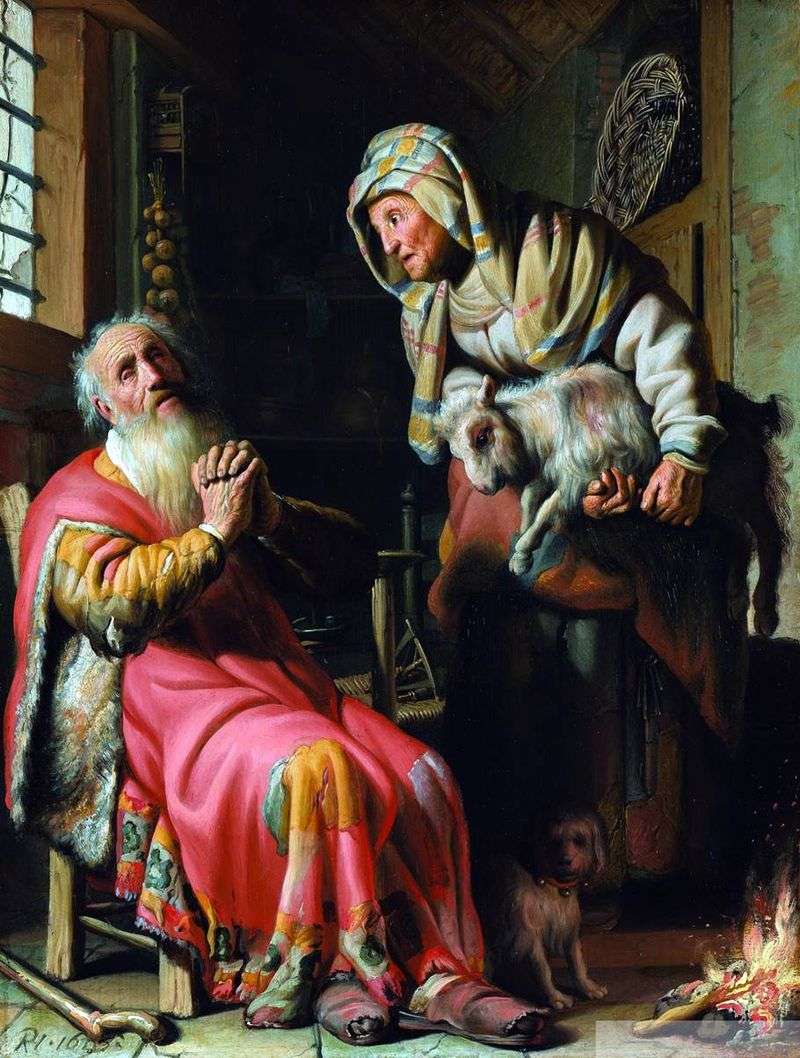
Painting by Dutch painter Rembrandt van Rijn “Tovit suspecting his wife of theft”. The size of the painting is 39.5 x 30 cm, oil on canvas. Tovit – a Jew from the tribe of Nefealim; he was distinguished by righteousness in his native country and did not leave a pious way of life also in captivity in Nineveh.
For his blessings to the distressed tribesmen, Tovit was persecuted by the Assyrian authorities and survived a whole series of tests that ended for him and his posterity with the full blessing of God. The history of the life of the righteous Tovit is described in detail in the Book of Tovit, which is one of the non-canonical books of the Old Testament.
When and by whom this book is written is unknown; there is no bible in the Hebrew text. The origin of the “Book of Tobit” belongs to the last two centuries BC. Rembrandt was born three years before the conclusion of the Spanish-Dutch truce and the foundation of the Amsterdam National Bank on July 15, 1606. Rembrandt, the son of the mill owner Harman Gerritzon von Alten Rein zu Leiden and his wife Neeltier Willemsdochter van Suitbreck, the eighth of nine children of this married couple who had passed to Calvinism; Rembrandt’s older brothers became a miller, a shoemaker and a baker.
Rembrandt was a typical offspring of the active lower strata of the middle class, although his mother, the daughter of a Leiden baker, came from a respected patrician Catholic home. The parents decided not to give the youngest, probably the most gifted son, to give up the craft, and sent the seven-year-old boy to a Latin school; here, in addition to Latin and classical literature, the “true religion” of Calvinism was instilled. Seven years later, Rembrandt enters as a studiosus litterarum in the renowned, European-recognized university of his hometown of Leiden, a city that was simultaneously the European center of textile industry.
After staying at the university for about a year, Rembrandt voluntarily becomes a student of the Leiden painter Jacob van Svanenburg, who writes fantastic scenes of hell in the style of Bosch and Peter Bruegel the Younger. Three years later, Rembrandt transferred to the famous Amsterdam historical painter Peter Lastman, and six months later he opened his own workshop in Leiden, working in close collaboration with Jan Livens.
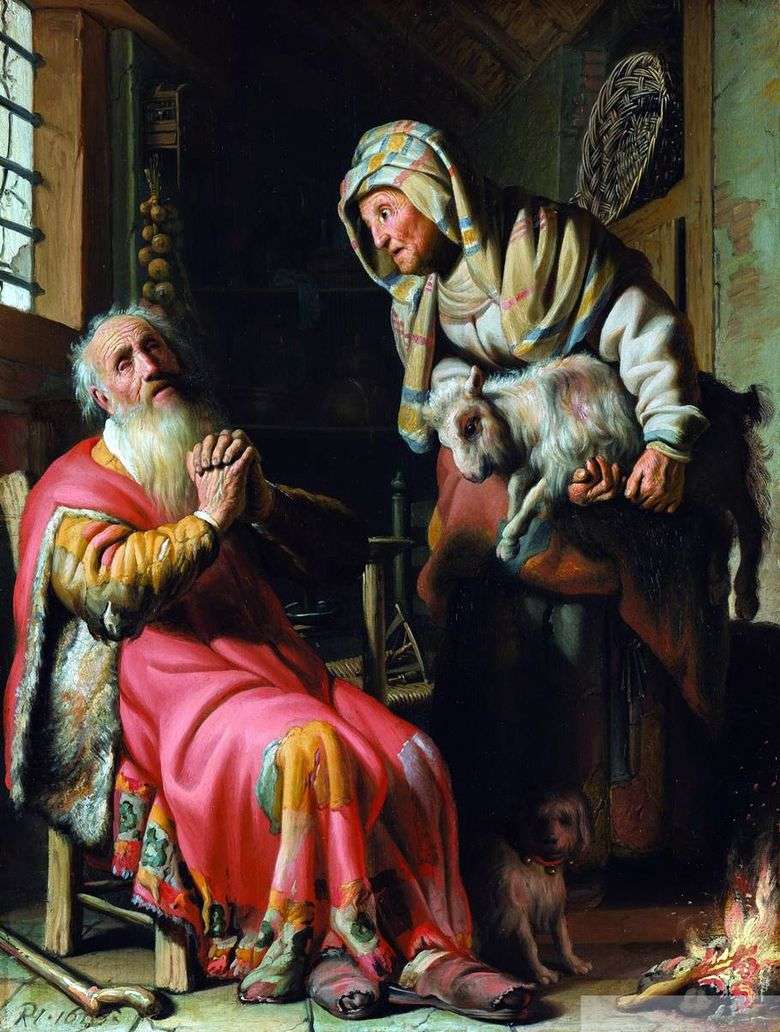 Tovit sospechaba que su esposa había robado – Rembrandt Harmens Van Rhine
Tovit sospechaba que su esposa había robado – Rembrandt Harmens Van Rhine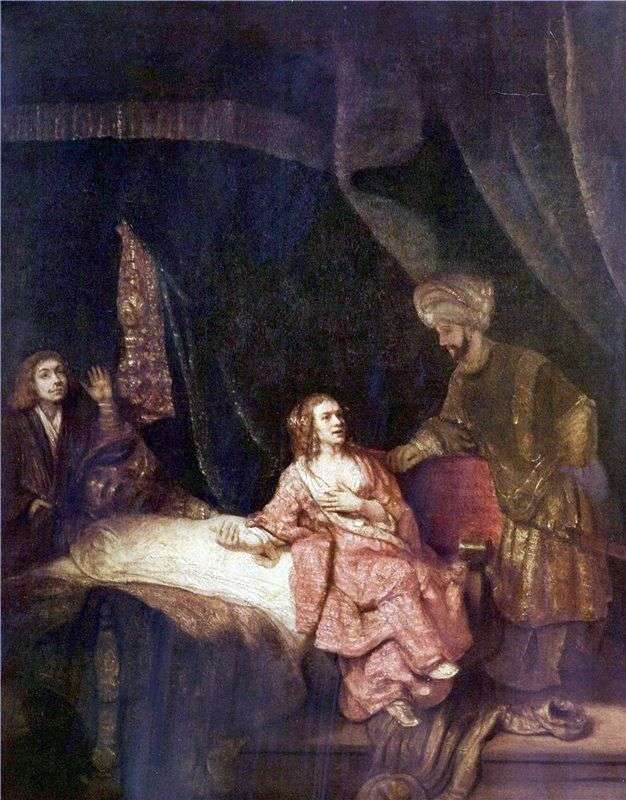 Potiphar’s wife accuses Joseph by Rembrandt Harmens Van Rhine
Potiphar’s wife accuses Joseph by Rembrandt Harmens Van Rhine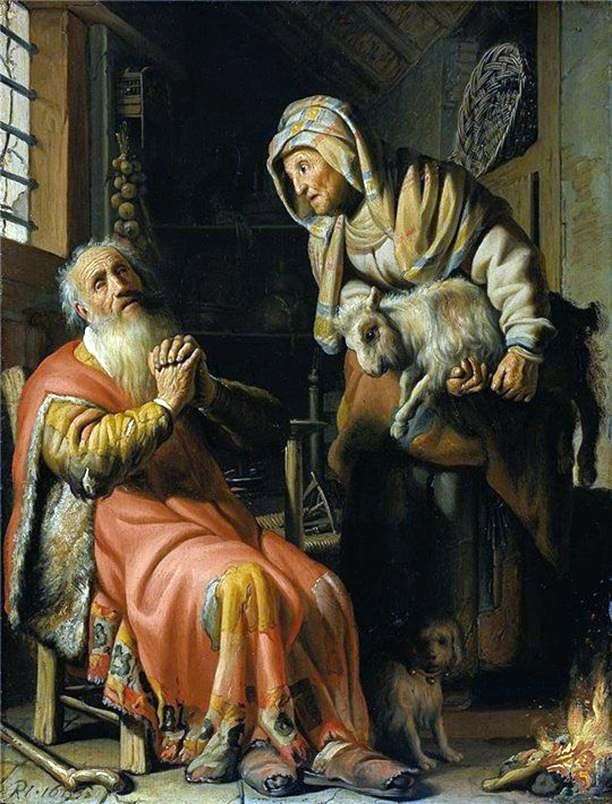 Tovit ciego y Anna – Rembrandt Harmens Van Rhine
Tovit ciego y Anna – Rembrandt Harmens Van Rhine Saskia van Eilenburg by Rembrandt Harmens Van Rhine
Saskia van Eilenburg by Rembrandt Harmens Van Rhine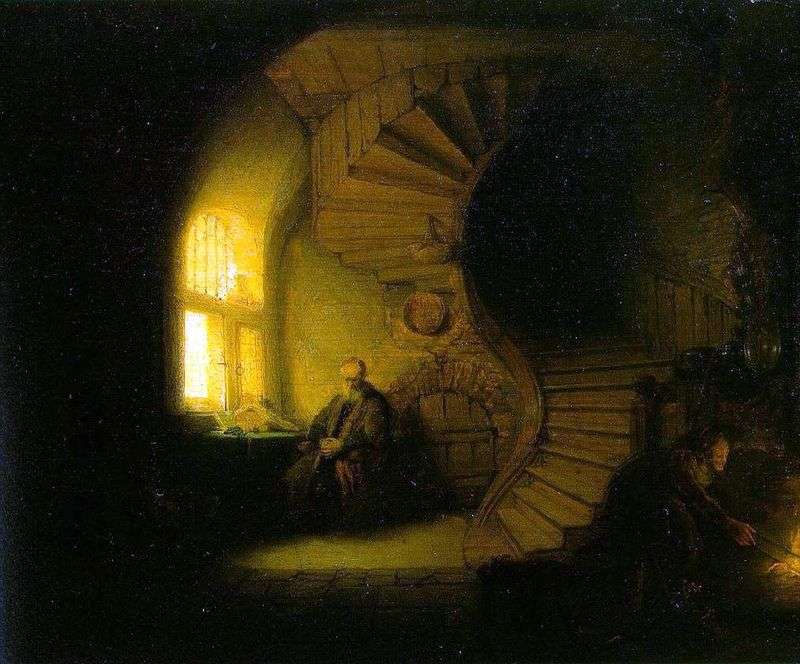 Philosopher Meditating in His Room by Rembrandt Harmens Van Rhine
Philosopher Meditating in His Room by Rembrandt Harmens Van Rhine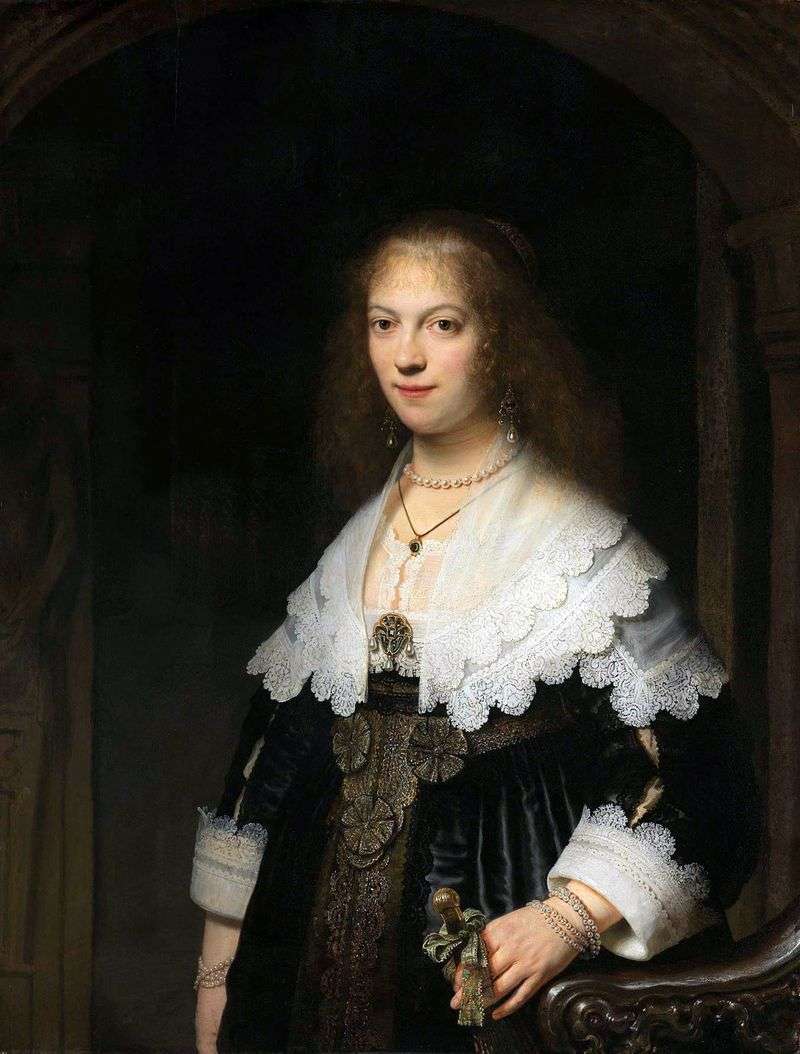 Portrait of Maria Trip by Rembrandt Harmens Van Rhine
Portrait of Maria Trip by Rembrandt Harmens Van Rhine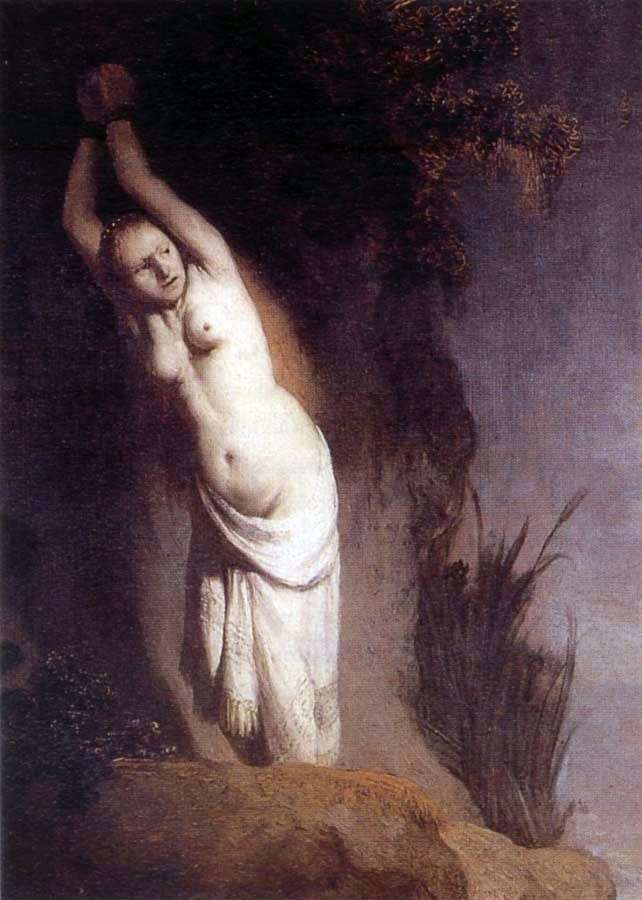 Andromeda by Rembrandt Harmens Van Rhine
Andromeda by Rembrandt Harmens Van Rhine Joseph’s Accusation by Rembrandt Harmens Van Rhine
Joseph’s Accusation by Rembrandt Harmens Van Rhine